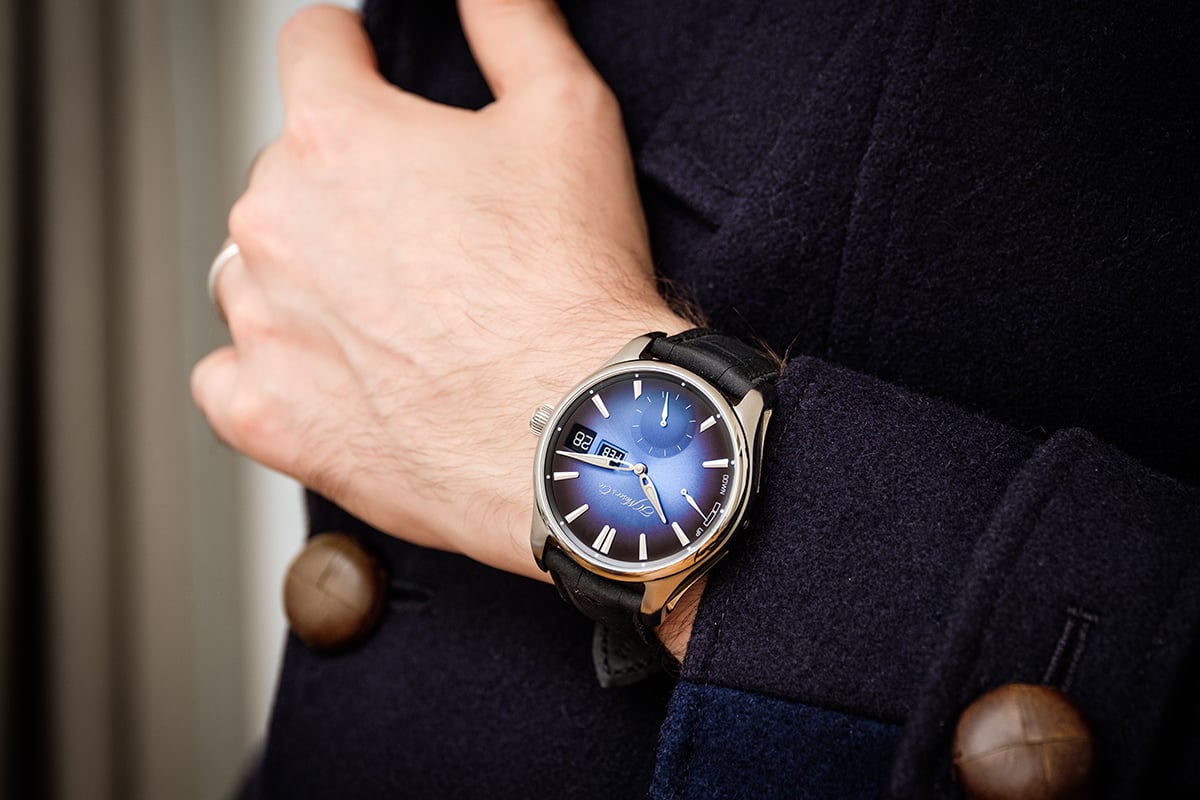Once adorned by Russian royalty, H.Moser & Cie has been breaking watchmaking boundaries for almost two centuries.
Fascinated by the mechanics of chronographs, the maison’s co-owner Bertrand Meylan is no stranger to chronometers. In fact, it’s something that runs in his family’s veins.
Alongside his brother, Edouard, Meylan was born into a watchmaking family in a Swiss watchmaking region, where they now both front some of the nation’s most iconic heritage brands.
“Moser has had a lot of ups and downs, and I think what Heinrich Moser did in his lifetime is something that remains extremely strong in Switzerland,” Meylan tells The CEO Magazine .
And with just 1,500 pieces manufactured every year between the 60 horologists (who work across both brands) it is a true representation of luxury and prestige.
“If you look at the complications that already exist, what we’re trying to do is not create something new, but make it better, make it more ingenious,” Meylan says. “It’s not about being the biggest or best, it’s about having the right people who believe and are 150% behind the brand.”
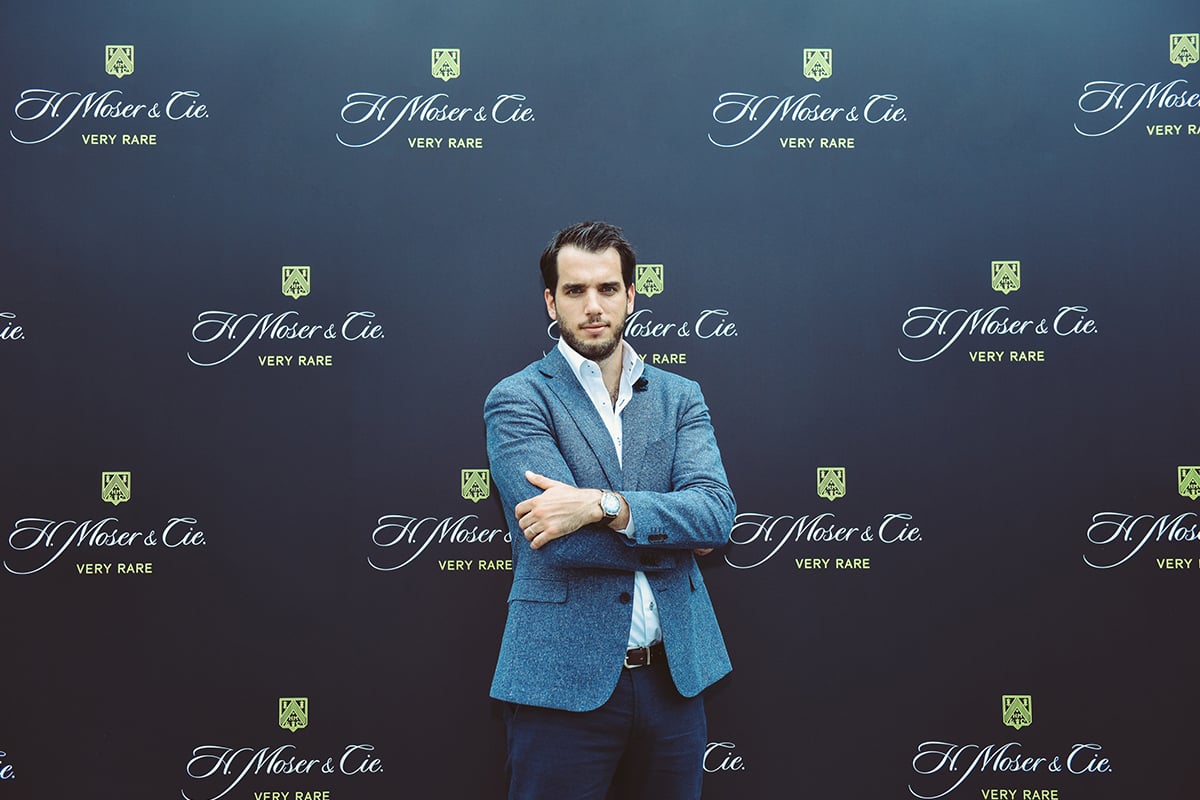
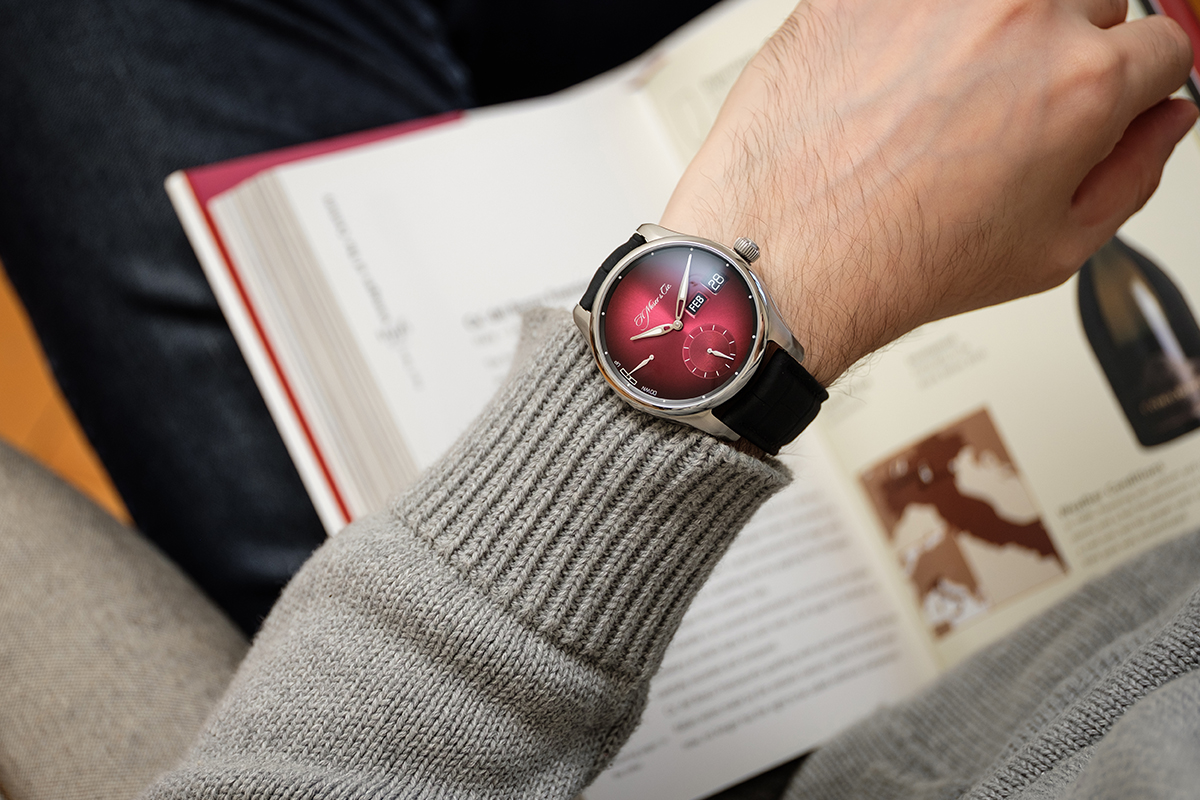
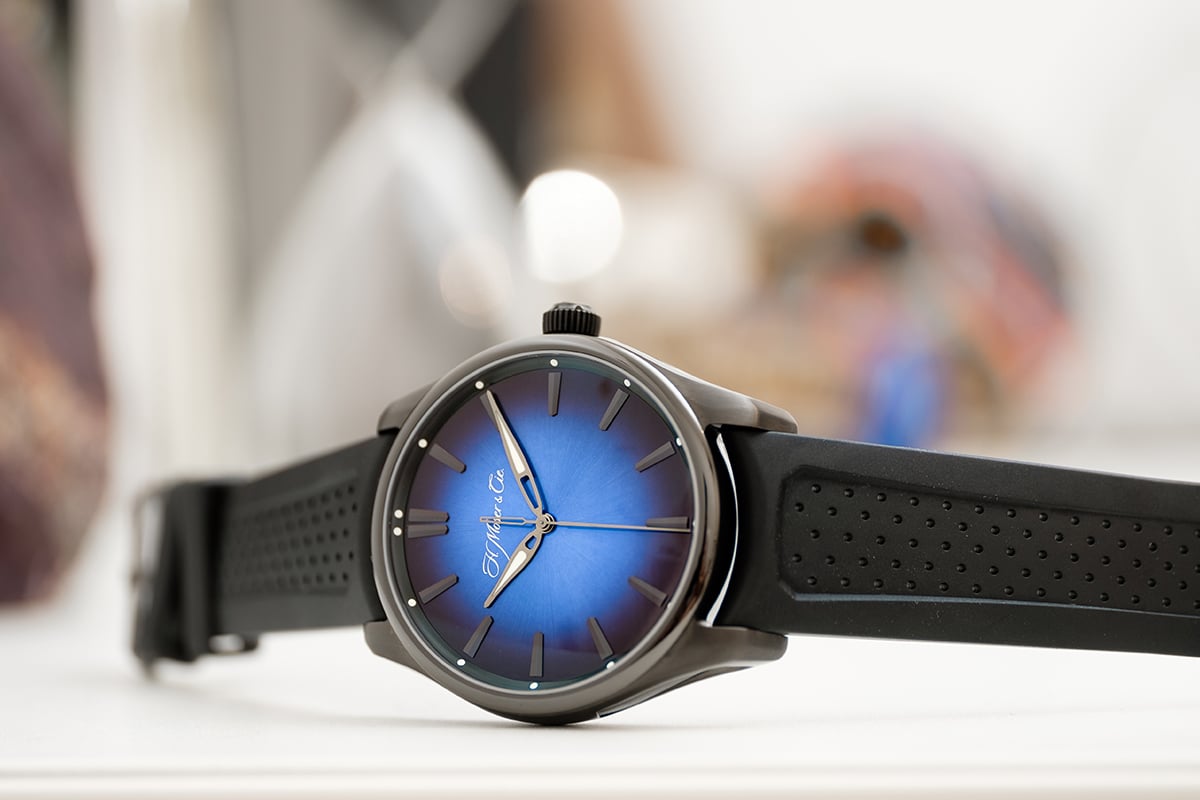
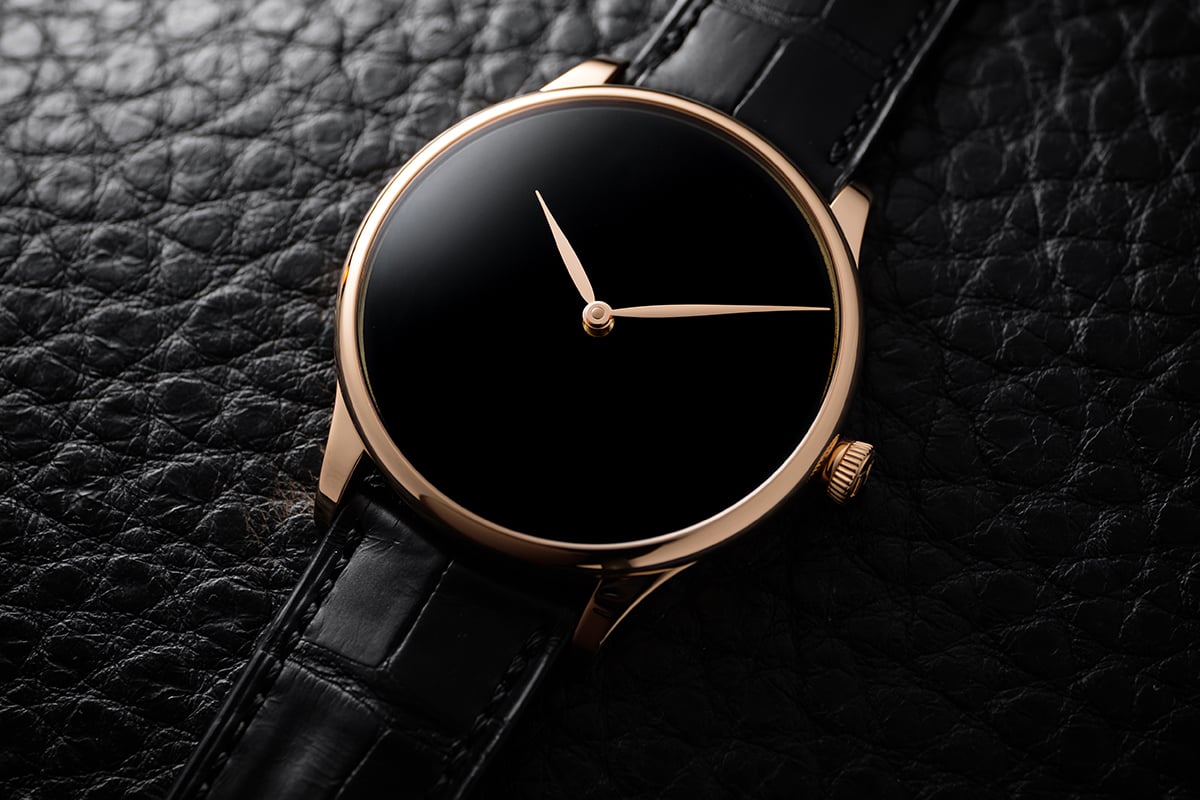
Swiss-born Heinrich Moser established his namesake brand in 1828 in St. Petersburg, where his creations soon adorned the wrists of Russian princes and members of the Imperial Court. When the Russian revolution occurred in 1917, it took with it a large part of the business.
“Moser had to modify and change its distribution and go to other countries during that period – it’s why we always link to our entrepreneurial job,” Meylan explains. “So many mistakes have been made in the past, but now we try to focus on the future.
“There is no need to look behind – so many things I would change if I was to restart 10 years ago – but on the other hand, maybe the brand wouldn’t be where it is today if we didn’t make those mistakes.
“Any entrepreneur will know that in order to have great ups, you have to go through all these downs. Even 190 years later, Heinrich Moser is still known as an entrepreneur and a watchmaker, and hopefully it will continue for 100 years.”
Producing fine timepieces with traditional concepts and a modern style is how H.Moser & Cie differs from its sister company, Hautlence.
“It’s not about being the biggest or best, it’s about having the right people who believe and are 150% behind the brand,” – Bertrand Meylan
Founded in 2004, the chronographer adopts a think-tank approach to breaking boundaries, but also to incorporate traditions.
“We don’t have to follow what our company was doing 200 years ago, so we can create whatever we want and go in any crazy direction,” Meylan says. “Customers are getting tired of seeing the same watches coming from exactly the same brands for many years.
“Hautlence was created with the idea that it would not make conventional two-hand watches; we always try to create watches that give the time differently with three-dimensional timing – that’s why we’re considered the robbers of the watch industry.”
As a pioneer for innovative masterpieces, the Swiss watchmaking company, which is still fairly young in the scheme of timekeeping, plans to use the base of its history-first sphere timepiece to inspire other creations to constantly surprise its customers.
Hautlence has created a jumping hour that spins on a sphere, only becoming possible for the first time in 300 years of watchmaking history.
“It’s extremely important that people will keep or pass on our watches,” – Meylan
The game-changing limited-edition white gold timepiece took five years to master, but Meylan told The CEO Magazine it’s an incredible skill possessed by the Maison’s talented watchmakers.
“The sphere turns by 450 degrees every hour to bring the next hour,” Meylan explains. “It’s something extremely contemporary, whereas for many years, it’s been more of the same complications that came out of the watch industry.
“The majority of watches have two hands, or when they want to be different, they have a jumping hour – we wanted to go much further and create something in three dimensions that will completely turn and surprise and have an effect every hour changing the time.”
The 21st century company may be a new player in an industry that dates back to the 16th century, but it’s aiming to keep time for hundreds of years to come.
“It’s extremely important that people will keep or pass on our watches,” Meylan says. “We need to use materials that will still be here in the future with materials that will always be ready and that watchmakers will still be able to use.”

